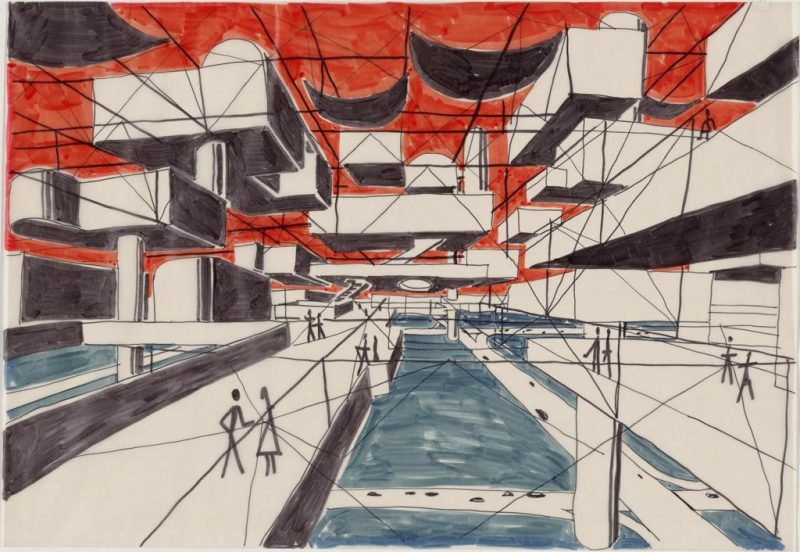
Yona Friedman, Spatial City, project Perspective, 1958-59. © 2007 Artists Rights Society (ARS), New York / ADAGP, Paris
Proportion and Perspective
Steven Wills, Coordinator, Wachovia Education Resource Center, Philadelphia Museum of Art
This image group is meant to supplement a lesson in a middle-school math class that deals with measurement and proportion — usually in the context of geometry. There are several purposes of the image group, specifically:
- to help visual learners see how the concepts discussed in class can be applied;
- to help answer the question: “Why do we have to learn this?” (A frequent question in a math class); and
- to help show the connections between math and science and math and art, thus helping to build an interdisciplinary approach to teaching.




